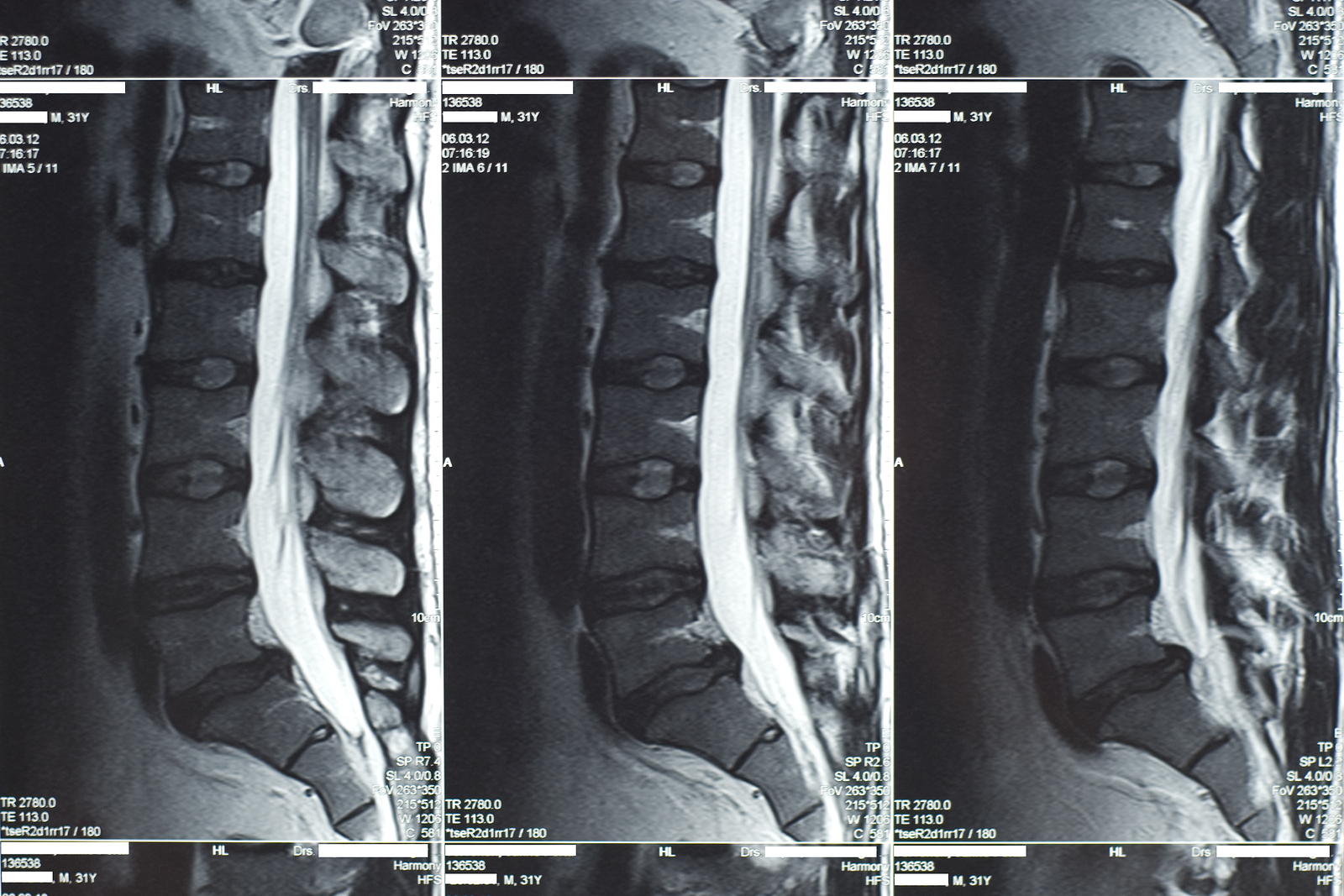
Cauda equina syndrome (CES) is a rare but serious neurological condition affecting the bundle of nerve roots at the lower end of the spinal cord. The CE provides innervation to the lower limbs, and sphincter,controls the function of the bladder and distal bowel and sensation to the skin around the bottom and back passage.
In April 2017 the CSP released a video about the condition Cauda Equina Syndrome (CES). The video is excellent and deservedly gained a lot of positive attention when it was published. The video featured three expert physiotherapists; Laura Finucane, Sue Greenhalgh and Chris Mercer.
Laura, with the help of Chris and Sue, has since gone on to edit the CES Physiopedia page and it is brilliant. The resource contains everything you need to make sure you don’t miss the debilitating condition in clinical practice.
Cauda Equina Syndrome – The Experts Page on Physiopedia.
Laura, Sue and Chris have worked together for many years delivering courses on how to spot musculoskeletal masqueraders such as CES. The CSP approached Laura about how they could raise awareness of CES and she suggested creating a video. The three will be presenting a symposium at PhysioUK.
We can make a huge difference to patients quality of life by ensuring patients are managed appropriately as quickly as possible. Communication is key- they need to understand why you are asking these questions in the context of why they have come to see us. If you have any suspicion act on it , if you are worried they could develop [CES] empower the patient to take action by providing them with S&S to look out for. – Laura Finucane.
No comments:
Post a Comment